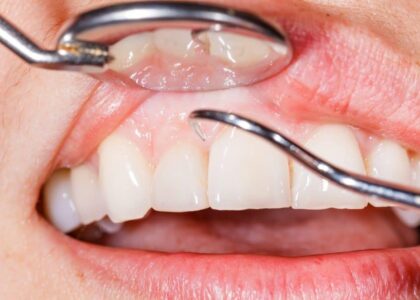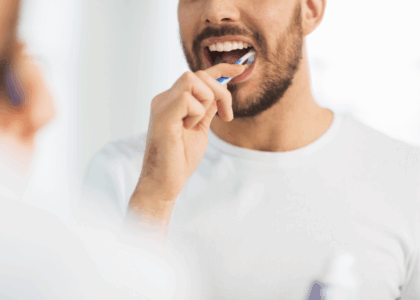Acne may come and go, but sometimes, it leaves unwanted scars. These acne scars can be frustrating. Several treatment options are available to help minimize the appearance of acne scars and achieve smoother skin.
Different Types and Causes of Acne Scars
Here’s a breakdown of the different types and what causes them:
Atrophic scars
These are indented scars that form when collagen is lost during acne healing. They come in various shapes and sizes, like ice pick scars..
Hypertrophic scars
Raised scars occur when the body produces too much collagen during healing. They typically remain within the pimple’s original boundary.
Keloid scars
These are also raised scars, but they extend beyond the original boundary of the pimple and can continue to grow over time. Keloid scars are less common than other types of acne scars.
The severity of your acne and how you pick at your pimples can influence the type and depth of scars you develop.
Treatment Options for Existing Scars
While preventing acne scars is ideal, effective treatments are available to minimize the appearance of existing scars. Here are some popular options:
Chemical Peels
Chemical peels use a controlled application of acid to remove the outer layer of skin, encouraging new cell growth and a smoother texture. The type of peel used will depend on the severity of your scars.
Microneedling
This minimally invasive treatment involves using tiny needles to create controlled punctures in the skin. This triggers the body’s natural healing response, stimulating collagen production and improving the appearance of scars.
Laser Treatment
Fractional laser resurfacing uses targeted laser beams to create microscopic injuries in the skin. This controlled damage promotes collagen production and improves the texture and appearance of scars.
Dermal Fillers
Indented scars can be plumped with injectable fillers, which can create a smoother appearance. Different types of fillers are available. A dermatologist will recommend the best option for your specific needs.
Dermabrasion
This technique uses a rotating brush to remove the outer layers of skin. While effective, dermabrasion is a more aggressive treatment and might not suit all skin types.
Choosing the Right Treatment
There’s no one-size-fits-all approach to acne scar treatment. The best option for you depends on several factors, including:
- The type and severity of your scars
- Your skin type and overall health
- Your desired outcome and budget
Consulting a dermatologist is crucial for determining the best course of treatment. They will assess your situation and recommend the most effective and safest option.
Daily Habits for Healthy Skin
While these treatments can significantly improve the appearance of acne scars, maintaining healthy skin habits is also essential:
Sun Protection
Sun exposure can worsen scars, so daily sunscreen with SPF 30 or higher is necessary.
Gentle Skincare Routine
Use a gentle cleanser and moisturizer suitable for your skin type. Avoid harsh scrubs or products that irritate your skin.
Healthy Lifestyle
Eating a balanced diet, staying hydrated, and managing stress can all contribute to healthier skin and aid in scar healing.





